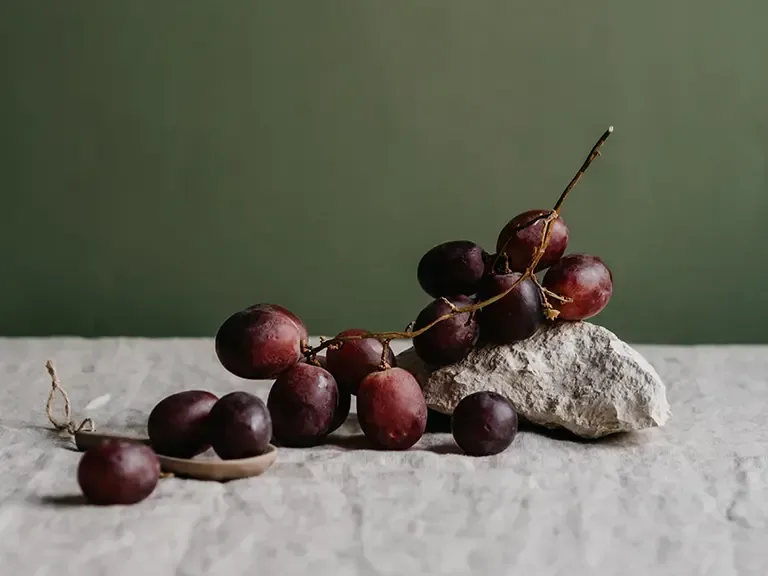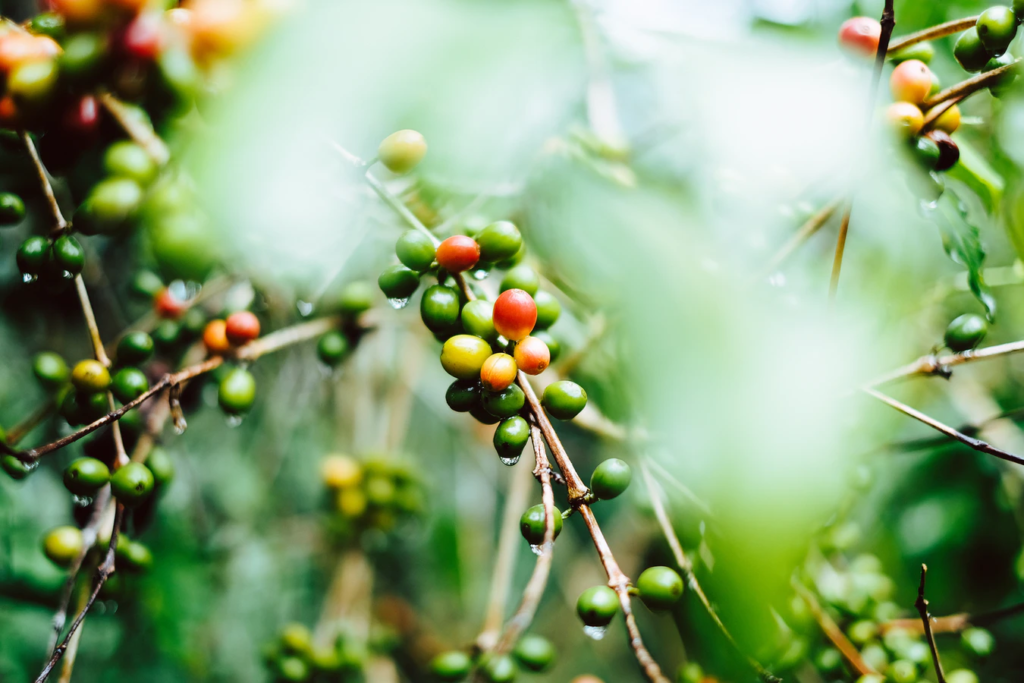Ethanol, or alcohol, is typically made by fermenting the sugars in grains, fruits or vegetables. For alcoholic drinks, different raw materials are used to create different types of drinks. For example, grain is used to make whisky or beer, grapes to produce wine, apples to produce cider, and potatoes to make vodka. In each case, yeast is added to ferment the sugars in the fruit, grain or vegetable and turn them into alcohol.

How to produce alcohol — step by step
Let’s take the example of corn ethanol, which is probably the world’s most common means of producing industrial ethanol, as it is widely used in vehicle fuel:
-
Milling - Corn is milled to produce flour or meal, which largely consists of starch molecules.
-
Liquification - The meal is liquefied by adding water to make a slurry.
-
Saccharification - The slurry is heated to break the starch molecules down into sugar.
-
Fermentation - Yeast is added to ferment the sugar into ethanol. This ethanol fermentation process leaves a product that is about 10-15% alcohol.
-
Distillation - Ethanol has a lower boiling point than water, so to make it purer it is evaporated and condensed in a process known as distillation. Distilling can produce ethanol up to 95% pure (the other 5% is water). To create even purer (99%) ethyl alcohol, the mixture is strained and further dehydrated.
-
Denaturation - Finally, for alcohol for non-drinking purposes, a toxic or foul-tasting substance is added to the ethyl alcohol to make it undrinkable (denatured). In the case of ethanol for car fuel, this is gasoline.
Other methods and purposes for the industrial production of ethanol
While the step-by-step description above lays out how essentially ethanol is produced, there can be deviations from this process for the production of certain forms of ethanol. For example:
How is isopropyl alcohol produced?
For the production of isopropyl alcohol, propene is used. Propane is a by-product of the creation of fossil fuels, such as petroleum and natural gas.
The propane is extracted from the fossil fuel by being heated to its boiling point of -47 °C. It is then combined with water using a process called hydration, which chemically bonds the two substances to form isopropyl alcohol. The resulting mixture contains waste materials and by-products from the catalysts in the chemical process. In the final distillation or refining stage, those surplus materials are removed to create 100% isopropyl alcohol.
How do bioethanol and synthetic ethanol production processes differ?
While synthetic ethanol and bioethanol are chemically identical products, synthetic ethanol is made from petrochemical feedstocks, which are derived from petroleum and, therefore, essentially fossil fuels. Synthetic ethanol is primarily produced by the acid-catalysed hydration of ethylene.
Bioethanol, on the other hand, uses contemporary materials, usually crops such as corn, sugar beet or wheat, and is therefore seen as more eco-friendly than synthetic ethanol. Bioethanol is generally produced by fermentation, as described in the step-by-step guide above, but it is also occasionally produced by reacting ethylene with steam.
The crops specifically grown to create fuel are known as energy crops. Crop preferences depend on local climate, landscape and soil composition. In the US, molasses and corn are the most popular energy crops for bioethanol. While in Brazil it’s sugar cane, and in Europe wheat and sugar beet.
How is anhydrous ethanol produced?
Anhydrous ethanol is made using a process known as azeotropic distillation, which can reduce the water content to a few parts per million. Users include laboratories and the electronics industry, where sensitive equipment can be damaged by contact with water.
Alcohol by-products

Alcohol production generates various by-products. Corn ethanol, for example, has two main by-products. First, CO2, which can be used to carbonate fizzy drinks, make dry ice or aid vegetable photosynthesis in commercial greenhouses. And secondly, distillers’ grains. These are the non-fermentable parts of corn kernels and are much sought-after as a high-protein ingredient for livestock feed.
- Grape alcohol is produced from the winemaking process, often as a by-product of distillation or fermentation steps. Being neutral (no taste or smell) makes it perfect to use in drinks ranging from sherry and fortified wines to spirits like gin and vodka. Its neutrality also makes it popular in skincare, personal hygiene and cosmetics products. Its high alcohol content also makes it a good preservative, and it’s found in products everywhere from food to the home cleaning sector.
- Fusel oil is another by-product of alcohol fermentation and used in various other alcoholic drinks, like cider and vodka, for its ‘fiery’ qualities; in lacquer for its hardness; and in synthetic banana oil due to its attractive banana odour. Versatile indeed!
Ethanol is everywhere… just like Nedstar
As we can see, only a fraction of ethanol, or alcohol, production actually involves alcoholic drinks. In fact, ethanol is incredibly versatile and found in a vast range of everyday products. Even the strictest teetotaller would find it hard to get through a day without using alcohol in one way or another. And Nedstar is busy sourcing and supplying that ethanol in all its guises to the companies around the world who make those products so unmissable in our daily lives. Learn more about us!
FAQ
How much alcohol is produced each year?
In 2021, total global production reached 27.3 billion gallons. Annual alcoholic drink consumption globally is approximately 446 billion litres. Some 397 billion litres in beer and cider, 26 billion wines and 23 billion spirits.
Where is alcohol produced?
The world’s leading fuel ethanol producers are the US with 15 billion gallons, followed by Brazil (7.5 billion), the EU (1300 million) and China (860 million). The world’s leading alcoholic drink producer is China with 55,100 Thousand Metric Tons, followed by the US (26,600), Brazil (17,100) and Mexico (12,500).
Can food waste be used for alcohol production?
Yes, food waste can be converted into ethanol through fermentation. Using state-of-the-art technologies, ethanol biorefineries convert grains, beverage and food waste, cellulosic biomass and other products called feedstocks into high-efficiency ethanol. This approach helps reduce waste while creating valuable biofuel.
How is anhydrous ethanol different from regular ethanol?
Anhydrous ethanol is made using a process known as azeotropic distillation, which can reduce the water content to a few parts per million. Users include laboratories and the electronics industry, where sensitive equipment can be damaged by contact with water. It contains less than 1% water compared to regular ethanol, which typically contains 4-5% water.
How is ethanol stored and transported safely?
stored in appropriate tanks with vapor recovery systems, transported in certified vehicles, and handled according to hazardous material regulations due to its flammable nature and potential health effects from prolonged exposure.









Leave a comment